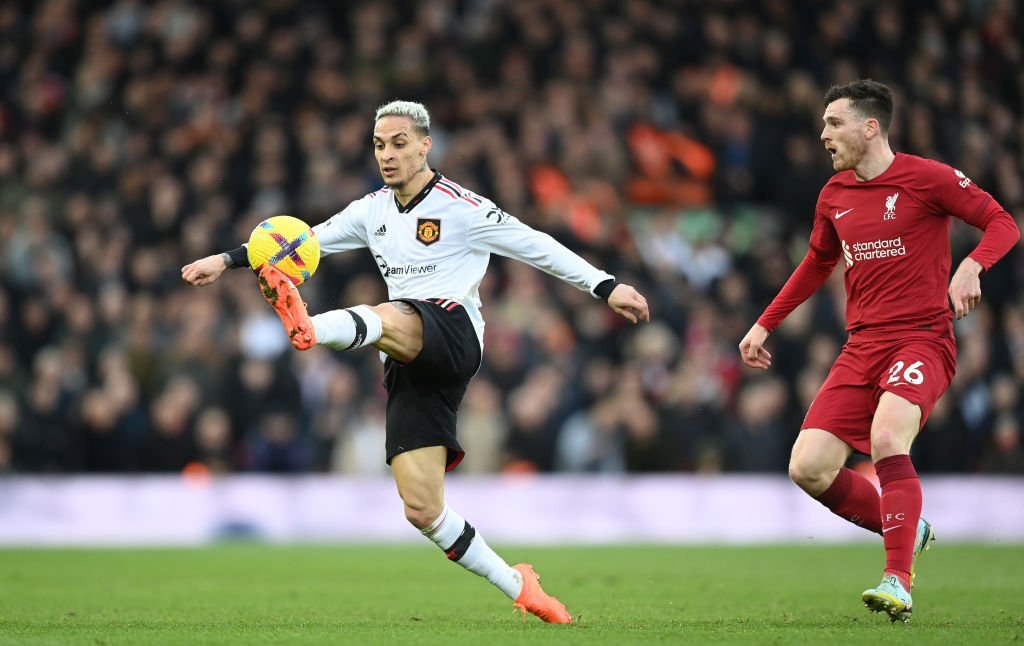
Nike v adidas: Do kit deals generate brand loyalty among football fans or just sell more gear?
Nike and Adidas dominate the UK sportswear market, and one means of maintaining their visibility has been through deals with high profile football clubs. Currently, these two brands are aligned with four out of the five most popular (as per YouGov Profiles data) football clubs in the Premier League.
But on top of opening the door for brands to sell more apparel, do these deals influence the loyalties of fans? Does a fan of, say, Arsenal swear blindly by adidas and swear off the Nike of rivals Spurs?
That is the question we examine through the lens of the five clubs with most fans in Britain – Manchester United, Liverpool, Arsenal, Manchester City and Chelsea (sorry, Spurs fans)
A glance at Impression scores reveals that fans don’t automatically become likelier to hold a more positive view of their clubs’ kit supplier compared to the rival brand – and in fact, the opposite is true Fans have a more positive impression of the brand that doesn’t currently manufacture their kit.
While scores for both brands are quite even across the board, including among Manchester City fans – a club that is partnered with neither of those two behemoths who instead wear Puma, where a club has a deal with Nike its fans tend to have a better impression of adidas, and vice versa.
YouGov BrandIndex’ Impression score is calculated by subtracting the share of those who say they have a negative impression of a brand from those who say that they have a positive impression so what could be playing into this surprising relationship? One answer may be nostalgia. Most of these clubs actually enjoyed long kit supply partnerships with the rival brand in the past. For instance, adidas was Liverpool’s kit sponsor between 1985-96 and then again between 2006-2012. Chelsea too enjoyed a lengthy association with adidas between 2006 to 2017.
Nike was the Manchester United kit supplier between 2002 to 2015, encompassing some of the team’s most glorious years.
To be clear, this theory is only speculative. The sample size of clubs examined and the variance in net scores for the two brands are too small to make conclusive statements in favour of either. But that in itself is a telling insight about the brand equity of the two sportswear giants – that the loyalties they have garnered, and the reputations built over generations are far too strong to be swayed by football partisanship. Perceptions of these two brands don’t change markedly among fans of football clubs only because their logos do or don’t appear on the corners of their favourite team’s shirt.
Consideration scores demonstrate the exact same thing with fans of various football fans showing similar levels of the likelihood to consider purchasing products from either brand. While fans of Manchester United (48% vs. 45%), Arsenal (50% vs 45%) and Chelsea (50% vs 47%) do over-index slightly for Nike, the differences are similar to the rate of difference observed among all British adults (39% vs 37%).
These kit supplier deals with the biggest Premier League clubs continue to be important sources of visibility and revenue for brands like Nike and adidas, but the brand equity they have cultivated appear to transcend the often rigid lines between various fan groups.
Explore our living data – for free
Discover more sports content here
Want to run your own research? Run a survey now
Make smarter business decisions with better intelligence. Understand exactly what your audience is thinking by leveraging our panel of 20 million+ members. Speak with us today.
Methodology: YouGov BrandIndex collects data on thousands of brands every day. A brand’s Impression score is based on the questions: “overall, of which of the following brands do you have a positive impression?” and “Now, of which of the following brands do you have a negative impression?” and delivered as an OR net score between –100 and + 100. The sample size of fans ranges from 186 adults to 570 adults for each football club. Results are for dates between May 23 and November 22, 2023. The figures are based on a two-week moving average. Learn more about BrandIndex.